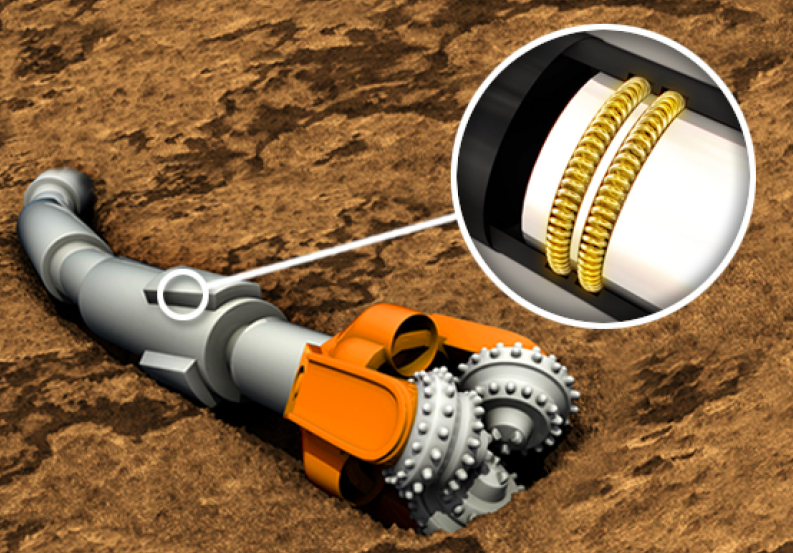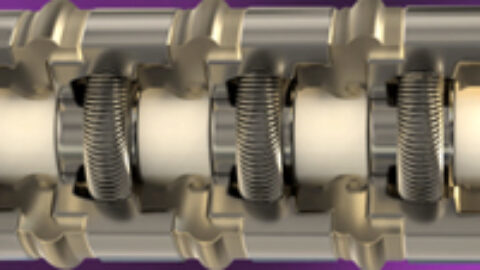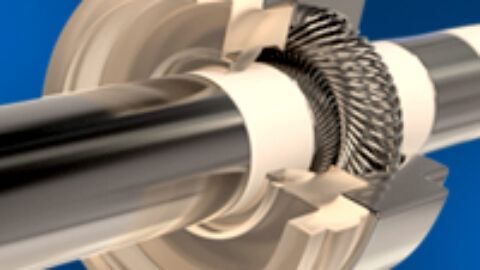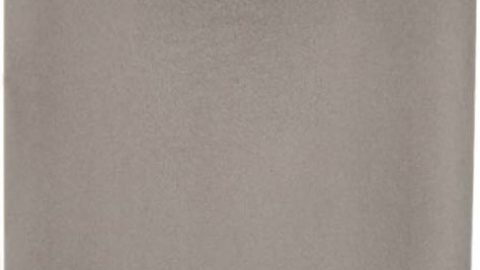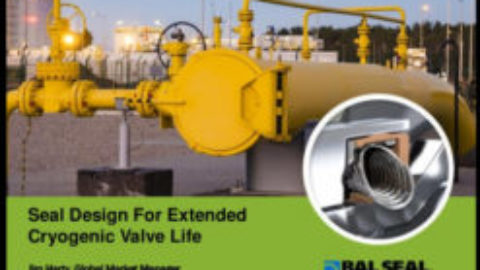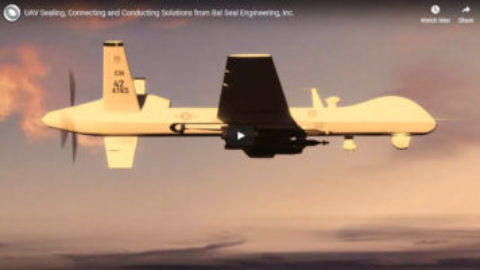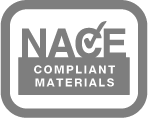Downhole tools are getting smarter. And while this is great news for users, it’s creating a whole new set of challenges for engineers tasked with designing them and making sure they consistently send critical well information topside. In this article, we’ll discuss the demands of downhole tool design and how canted coil springs can help optimize design without compromising effectiveness.
Downhole Tool Design Challenges
For years, electronics have been incorporated into actuators, sensors and other downhole gear to help identify water, rock, sand, crude oil, natural gas and other materials in the formation, or to measure environmental conditions such as pore pressure, temperature and gamma radiation.
However, as a result of miniaturization and other advancements, more electronics are being packed into the tools to help operators determine optimal well placement and keep the wellbore within the most productive portion of the reservoir.
These advances in functionality have forced tool designers to seek out new electrical connecting technologies that are more flexible, compact and ultra-reliable.
Benefits of Canted Coil Springs in Downhole Tool Designs
In response to the miniaturization of downhole tools, an increasing number of engineers have begun to leverage the three-in-one capabilities of the canted coil spring.
The benefits of utilizing canted coil springs in downhole tool designs include:
- Electrical conductivity: When used as an electrical contact, the canted coil spring efficiently conducts current between sensors and other devices.
- Mechanical latching: Canted coil springs can mechanically latch or lock tool parts together with controllable force.
- EMI shielding: Canted coil springs shield sensitive electronics against the potentially harmful effects of electromagnetic interference, or EMI.
Our Bal Seal Canted Coil Spring® products are finding their way into various downhole tool designs. The spring itself is especially well suited for use in oilfield connectors, many of which either thread or stab together, because each coil deflects independently to ensure reliable contact and prevent the formation of oxides.
The spring lets designers precisely determine insertion and breakaway forces, and its construction enables it to maintain a nearly constant force over a wide compression range.
The individual coils of the spring ensure electrical connectivity even in 360° rotation and under shock/vibration conditions. As an EMI shield, it eliminates noise that would otherwise corrupt data transmissions.
“With the increased use of electronics downhole, we’re definitely seeing more designers adopt the spring as a fastening and conducting solution,” says Bal Seal Territory Manager Mark Maloney. “I think they see it as a good combination of functionality and performance, and an opportunity to simplify their designs without compromising.”
We have also developed springs with insertion and removal forces of 20,000 lb or more to meet an increasing demand for heavy-duty mechanical connecting in aggressive oilfield applications.
Optimize Your Downhole Design
If you’d like to learn more about canted coil springs and how they can help elevate your downhole tool design, submit a design request form.
